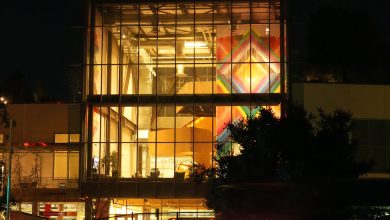Baltimore Investigation Turns to Ship’s Deadly Mechanical Failure

Just minutes before the cargo ship Dali was set to glide under Baltimore’s Francis Scott Key Bridge, the ship’s alarms began to blare. The lights went out. The engine halted. Even the rudder, which the crew uses to maneuver the vessel, was frozen.
As a frantic effort to restore the ship was underway, the pilot soon recognized that the aimless vessel was drifting toward disaster, and called for help.
The cascading collapse of the vessel’s most crucial operating systems left the Dali adrift until it ultimately collided with the Key bridge, knocking the span into the river and killing six people. But as crews this week were still sorting out how to disentangle the ship and recover the bodies of those who died, investigators were also turning to the most central question: What could have caused such a catastrophic failure at the worst possible moment?
Engineers, captains and shipping officials around the world are waiting for that answer in an era when the industry’s largest ships can carry four times as much cargo as those just a few decades ago, navigating through congested urban ports under bridges that may carry tens of thousands of people a day,
Already, a few key questions are emerging, according to engineers and shipping experts monitoring the investigation, and most of them point to the electrical generators that power nearly every system on the 984-foot vessel, not only the lights, navigation and steering, but the pumps that provide fuel, oil and water to the massive diesel engine.
The “complete blackout” reported by the pilot is hard to explain in today’s shipping world, in which large commercial vessels now operate with a range of automation, computerized monitoring, and built-in redundancies and backup systems designed to avert just such a calamity.





